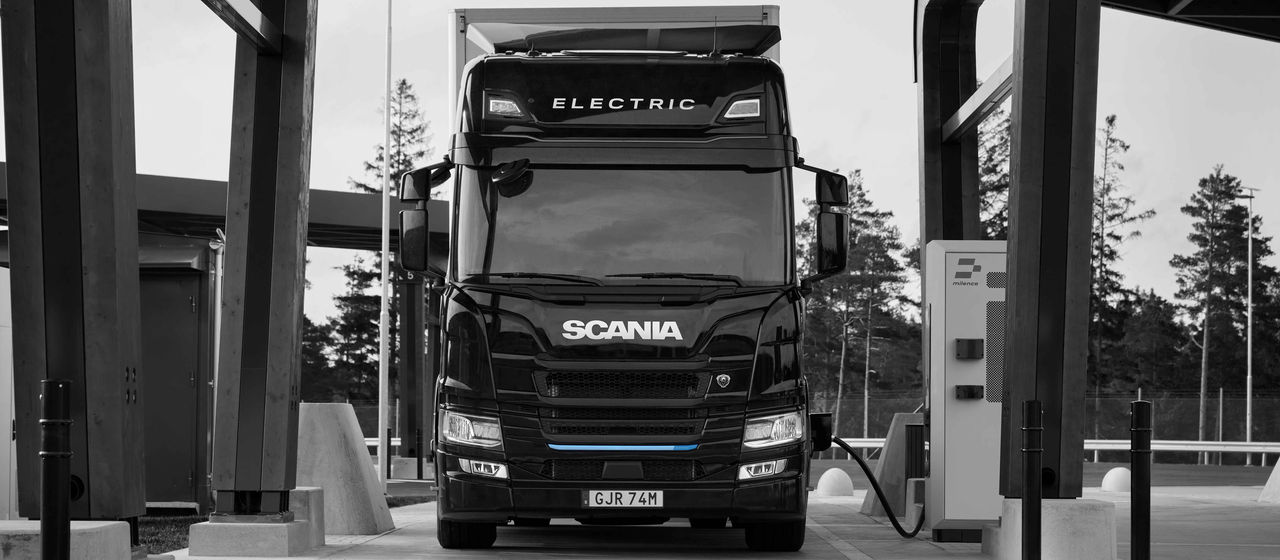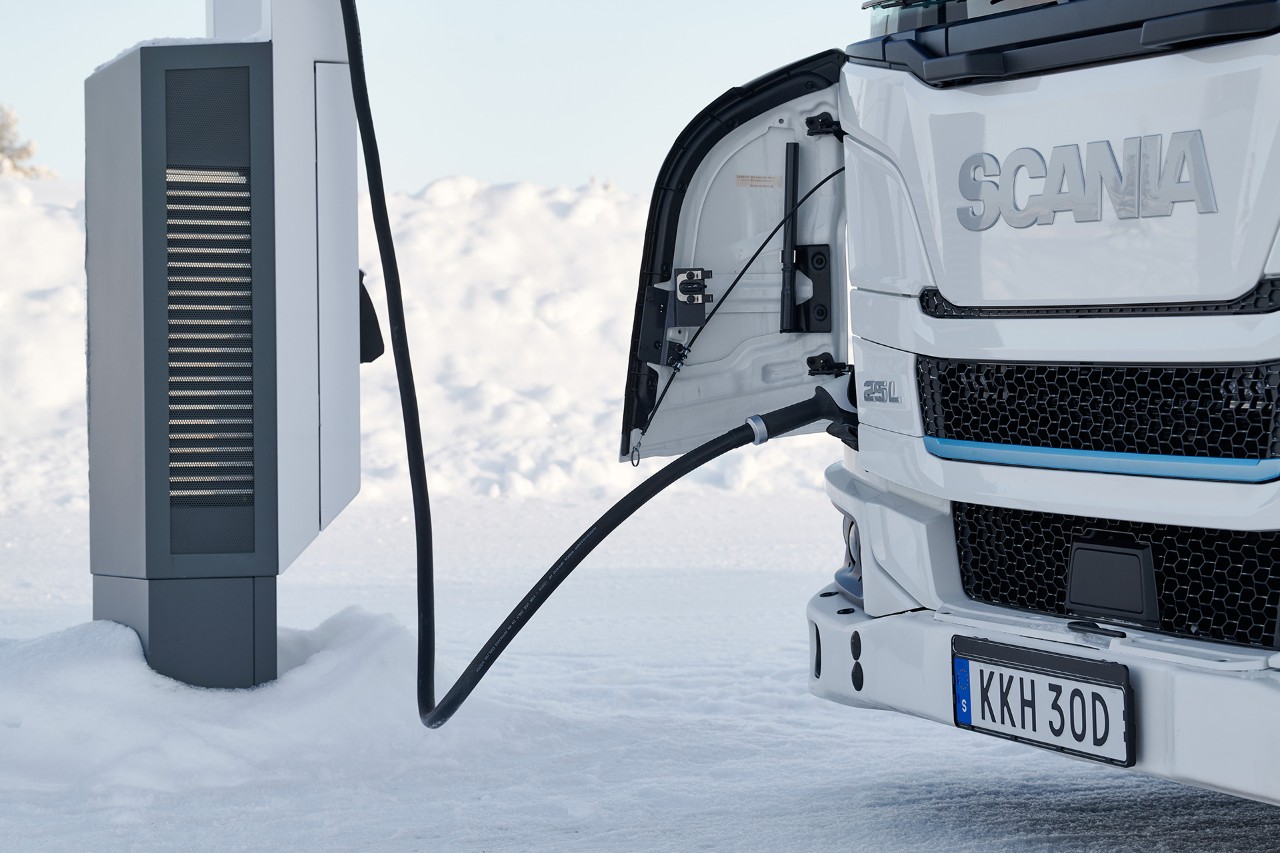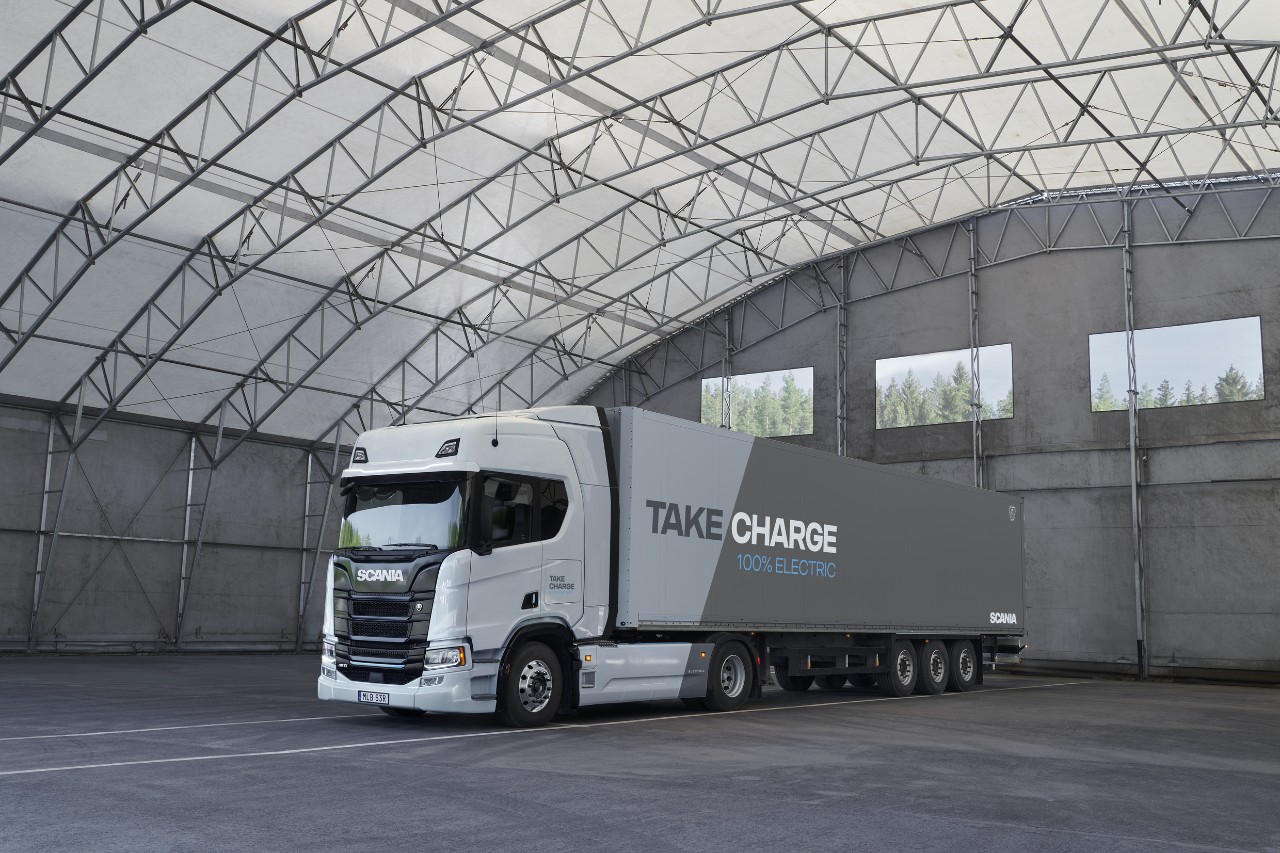
Five ways to speed up megawatt charging
By: Jorge Soria Galvarro, Senior Technical Adviser for Charging Infrastructure at Scania
“We need to speed up the roll-out of truck-friendly public charging points.” Jorge Soria Galvarro, Senior Technical Adviser for Charging Infrastructure at Scania, is working to turn that number into 21,000 by 2030.
Right now, there are around a thousand truck-friendly charging points in 12 European countries, as mapped in a recent study by ACEA – the European Automobile Manufacturers’ Association.
I think it’s encouraging to see things starting to happen, but it’s only a start. We need to push for more – and urge EU member states to accelerate the roll-out of the new Megawatt Charging System (MCS).
At Scania, and within ACEA, we’re convinced that MCS is a key enabler for the heavy transport sector’s transition to climate-neutrality by 2050. But to get there, we need to build this infrastructure faster.
Here are five of the most urgent enablers we need to get in place:
1. Double the number of MCS charging points
Current EU targets call for 9,000 public charging points for heavy-duty vehicles to be installed at 60 km intervals along major European routes by 2030. That’s not enough. We believe at least 21,000 MCS charging points by 2030 will be needed to support the transport industry in reaching climate-neutrality by 2050.
2. Increase capacity in electric grids
When planning new charging stations, operators often run into grid capacity limitations. Local and regional grids are not always equipped to deliver the high power needed to charge several heavy-duty BEVs simultaneously. We’d like to see legislation that requires EU member states to prioritise and upgrade grid infrastructure at key logistics locations and charging hubs.
3. Shorten permit processes
Today, permitting procedures for building public charging infrastructure are far too slow and complex. In some cases, it takes several years to get approval – time we don’t have. We need harmonised and simplified processes across EU member states, with fast-track permits for high-capacity charging stations along core transport corridors.
4. Raise the bar for charging power
Current EU regulations require at least one charging point with a minimum individual power output of 350 kW per charging pool along major road networks. That’s a good start – but it’s not future-proof. We recommend raising the minimum to 700 kW to better support the transition to megawatt charging and reduce waiting times for long-haul operations.
5. More incentives and funding support
The uptake of battery electric trucks and the deployment of charging infrastructure are deeply interconnected. One depends on the other. If EU member states are serious about meeting their climate commitments, they must consider increased incentives and funding – both to help hauliers invest in BEVs and to support energy providers in building out the necessary infrastructure.
Charging ahead – if we move together
A fully electrified future for heavy transport is within reach – but only if we move faster together. With the right political action, industry investment, and smart coordination, we can create a charging network that works not just on paper, but in real life.
A network where drivers can plug in at clean, well-lit charging hubs – day or night – and get back on the road after a break. A network that doesn’t just keep goods moving, but helps move an entire industry toward climate-neutrality.
About the author
Jorge Soria Galvarro is Senior Technical Adviser for Charging Infrastructure at Scania. In addition to his role at Scania, he represents the company in ACEA (the European Automobile Manufacturers’ Association) and works closely with policymakers, industry bodies, and regulators on legislation and related policy matters.
Read more

Charging
We help you find the right charging solution for your specific need.
